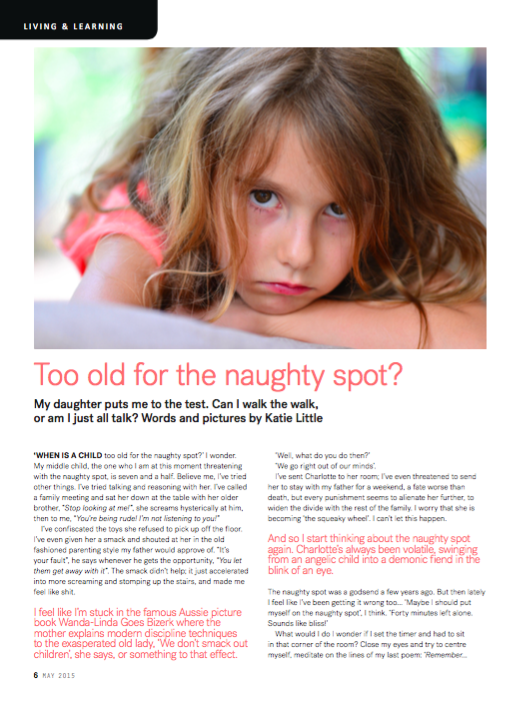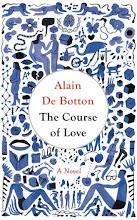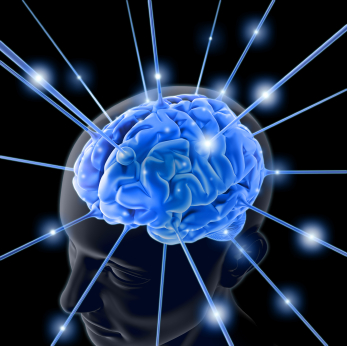 At the end of my last meditation on emotions I felt clearer about what these magical forces are, but still very uncertain of my role in managing them as a mother. Reading Nature & The Human Soul has given me a much deeper understanding. Bill Plotkin who I am fast coming to believe is a genius writes:
At the end of my last meditation on emotions I felt clearer about what these magical forces are, but still very uncertain of my role in managing them as a mother. Reading Nature & The Human Soul has given me a much deeper understanding. Bill Plotkin who I am fast coming to believe is a genius writes:.
"In the Garden (early childhood), the child, through his emotions, consciously learns about himself and about relationships. Good or bad, emotions are not experiences he chooses. They occur in response to his ever-changing relationships to self and others, relationships that regularly and inevitably get out of balance. Through the information contained in his emotions, he discovers how to repair or refashion his relationships, especially with his family members.
.
Every emotion contains its own lesson. Each type of emotion points to particular kind of lesson about self or about relationship of self to others. Each type of emotion also points to particular kinds of action that can bring the world back into balance.
.
For example, what makes him mad or feel hurt? The lesson built into every instance of anger or hurt evokes questions, such as: What do I believe I deserve? What do I feel about how I should be treated by others? In what way might I be part of the problem? Each time an Orphan-Explorer feels angry or hurt, his parents, teachers, older siblings, or other adults can help him form these questions and find the answers. His answers will teach him about himself, his relationship to others, and what he must do to make things right again.
.
... The value of the questioning is to help the child understand himself - his own beliefs and attitudes - as well as the moral and social conventions of his people. ...he can be coached in how to act on his anger and hurt - in particular, how to respond to others in a way that fosters healthy relationships.
.
... In the Garden, the child needs to be helped by his teachers, parents and other family members to fully embrace his emotions. He learns, first, to experience his emotions thoroughly, beginning with precisely how they feel in his body. Then, he learns how to identify the different types of emotions, to discover what each tells him about himself, the basics of expressing his emotions to others in word and action, and, in particular, how to act on his emotional truth in a way that makes his social world right again. In this way, he learns, with the aid of his emotions, how to bring his outer world of relationships into alignment with his inner world of self-experience, and vice-versa."
.
Like I said, the man is a genius.


















No comments:
Post a Comment